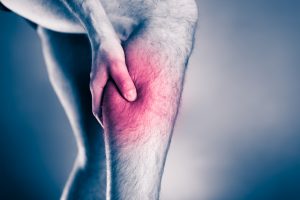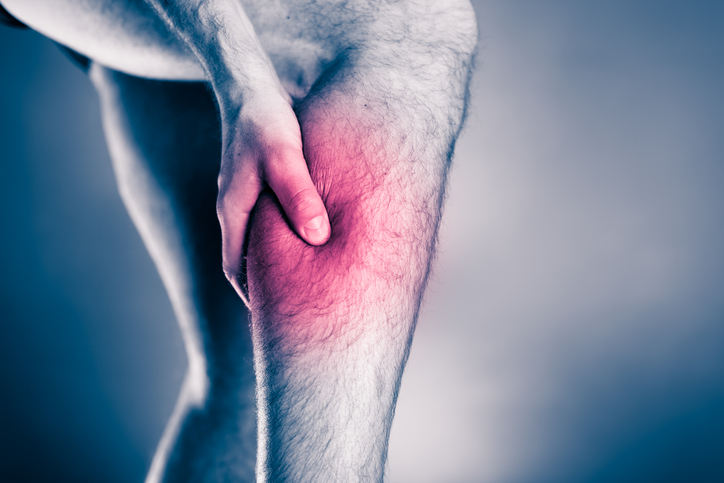ABOUT
The calf is a group of muscles that sits at the back of your lower leg. Acute calf tears result in sharp sudden pain that onsets most commonly whilst jogging, sprinting or forcefully pushing off the toes. Sports or activities involving running are the most common setting for these types of injuries, however, many people will report their injury did not happen during a period of maximal exertion. When the force generated within the muscle exceeds the muscles capacity, tearing of the muscle fibres occurs.

Calf muscle injuries usually involve either the gastrocnemius or soleus muscle, both muscles are active during the push-off phase of running and walking. Both these muscles share the Achilles tendon, which is why the Achilles, gastrocnemius and soleus are the most common structures injured within the calf region. Tears involving the muscle belly heal faster than tendon tears because of the type of tissue and large vascular supply. As a result, recovery time and treatment can vary largely and is also impacted by the severity of the tear.
Calf tears result in bleeding within the muscle, swelling and problems pushing off the toes when walking.
There are three grades of calf tears;
Grade 1; Mild strain resulting in 0-20% tearing of the muscle fibres, 2 week recovery
Grade 2; Partial tear, 20-50% tearing of the muscle fibres, recovery over 4-6 week
Grade 3; Full thickness tear, 80% tearing of the muscle fibres, surgery with 6 month recovery
SYMPTOMS:
• Sudden pain in the calf region
• Difficulty walking
• Difficulty raising up onto toes
• Swelling
• Bruising
DIFFERENTIAL DIAGNOSIS:
• Achilles tendon rupture
• Achilles tendinopathy
• Cramp
• Compartment syndrome
CAUSES:
Calf tears commonly occur with acceleration or direction changes. Sports or activities involving running are the most common setting for these types of injuries, however, there are a small amount that occur by simply walking. When the force generated within the muscle exceeds the muscles capacity, tearing of the muscle fibres occurs.
TREATMENT:
An acute calf injury is treated initially with the RICE regime (compression, ice, elevation and
compression). Crutches may be required for walking in some cases. Progressive strengthening exercises are given early. As strength and load tolerance increase a return to running/sport program is implemented. Surgery may be indicated for more severe tears.
RETURN TO FUNCTION/SPORT:
Return to sport/activity is dependent on the severity of the injury. Generally, 2 weeks to 6
months.
PREVENTION STRATEGIES
• Stretch - keep muscles flexible
• Allow enough muscle recovery time between activity
• Warm up
Tips for management
• RICE
• Seek assessment and treatment early

